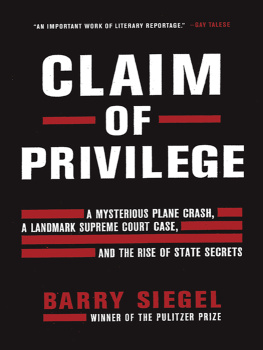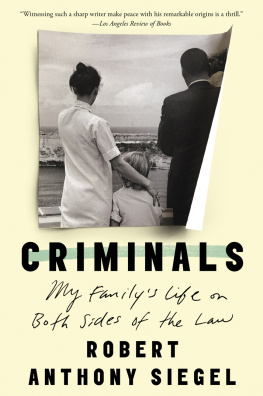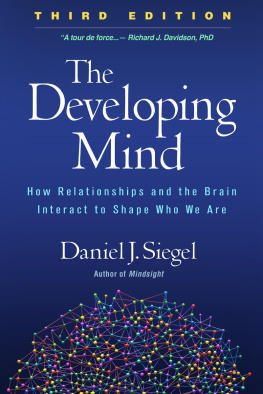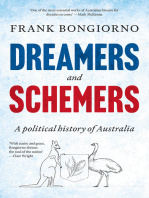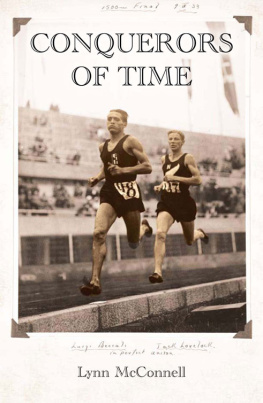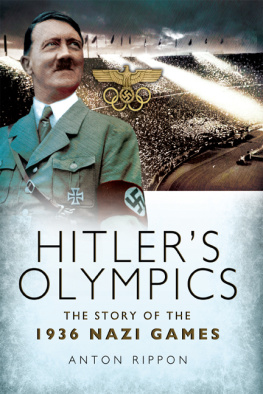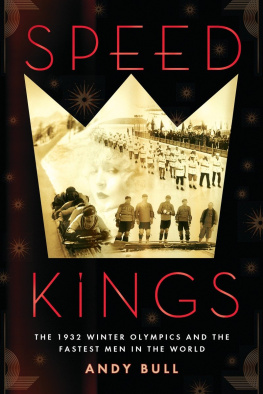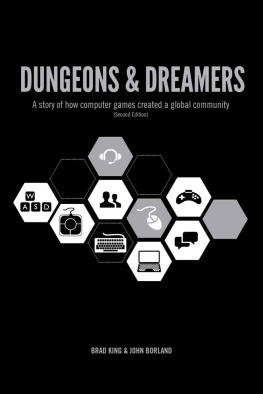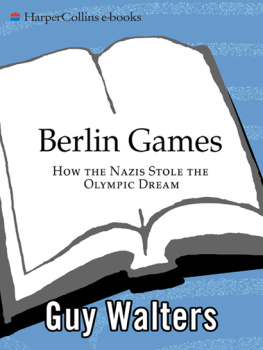AUTHORS NOTE
It has been said that the story of William May Garland is the story of Los Angeles. He arrived in Southern California in 1890, just as the citys population reached fifty thousand, having surged from eleven thousand a decade before. He helped drive much of the expansion that followed in the first two decades of the twentieth century. Then, over the years 1920 to 1932, in an era when Los Angeles truly became Los Angeles, he led the citys quest to bid for and stage the 1932 Olympic Games. All that doesnt make him a knight in shining armorthere are complicationsbut it does make him interesting to me. I will call him Billy throughout this narrative, because thats what everyonefamily, friends, colleaguesalways called him.
That Los Angeles is not an old city, that Los Angeles rose over a matter of decades, is something I know firsthand. I grew up in LA, not in the frontier days, but at a time when there was no San Diego Freeway, no Santa Monica Freeway, no Century City, and no Dodger Stadium. From West Los Angeles, still thick with orange groves, my father and brother and I would drive miles east along Exposition Boulevard to watch the Dodgers play baseball in the Coliseum. We took for granted that Los Angeles had the Coliseum, but of course it didnt always exist. Billy Garland conjured the Coliseum, willing it into existence even after the public voted down a bond issue to fund its construction, because his quest for the Olympic Gamesand LAs futuremandated a Coliseum.
Can individuals, in defiance of formative global realities, make history? Can imagination and even illusion play a role in shaping not just art but the future? The renowned California chronicler Kevin Starr posed this question in his book Material Dreams, being careful to say he wasnt denying the shaping realities of all the other explanations historians are so willing to give these days, but rather was asserting the parallel truth that individuals also make history. And so to his famous claim: Los Angeles did not just happen.... Los Angeles envisioned itself, then materialized that vision through sheer force of will. Los Angeles sprung from a Platonic conception of itself, the Great Gatsby of American cities.
I expect some might object to this, not least for the seeming ode to a group of Los Angeles businessmen wholets make this clear from the startwere part of that eras wealthy WASP hegemony. They exercised, partied and conducted their business in exclusive private clubs that barred Jews, Catholics, people of color and anyone with questionable social standing. They presided over a city segregated by class and race. They were virulently antilabor and resistant to immigrants from anywhere but western Europe.
So: Immoral scoundrels or bright-eyed visionaries? Dreamers or schemers? This is a familiar question, one that arises all the time in chronicles of early Los Angeles. The obvious answer: Werent they all these things? Im not inclined to grind human complexity, with all its moral contradictions, into a one-dimensional polemic. What interests me is the nuance and ambiguity, the shades of gray inherent in flawed but compelling characters. I like telling stories.
What was it like for a twenty-four-year-old to step off a train in a remote, wide-open frontier town such as Los Angeles, to hole up in a cut-rate boardinghouse, to look around, to see and hear and smell this new domain, to start imagining a world-class city out of whole cloth? And next to choose for a career the then dubious field of realty? Yes, thats what Billy Garland was, a real estate manthe premier realtor in an era when realtors drove the citys growth, when an emergent Los Angeles was hell-bent on hosting the 1932 Olympics. Billys quest provides an unusually revealing window onto a particular time and place and way of life.
It was a momentous time and placewhen LA came of age. This era has been well chronicled, but never through the lens of those who truly drove the transformationthe realtors led by Billy Garland. Their narrative, linked tightly to the bidding for and staging of the 1932 Olympic Games, represents nothing less than the birth of modern Los Angeles.
Back to Kevin Starr: Thus the real-estate salesman ... emerges as an archetypal Los Angeleno of the 1920s. A figure of folkloric significance, a Wizard of Oz, part preacher, part confidence man, the real estate salesman pitched the Southern California dream.... Despite the occasional frauds, the ever-present hoopla ... a million Americans were in the course of a brief decade placed in homes and recycled into new lives.... From this perspective, the real-estate salesmen of the Southland, for all their brass bands [and] aviation stunts ... were not hucksters at all but were rather shamans of a new, and it was hoped, better identity and circumstances. Like wizards of Oz behind green curtains, they spoke to that dream of a better life that was bringing a million and a half Americans into Southern California.... The roll call of modern Los Angeles realtors, or, more correctly its Burkes Peerage, commences with William May Garland, the Prince of Realtors as he was known.
This, curiously, was Starrs only reference to Billy in all his books. One sentence on one page in Material Dreams. I say, lets go further: Come with me as we watch the preachers and confidence men work their magic behind green curtains.
PROLOGUE
Billys Parade
In Southern California, the year 1932 began, fittingly enough, with an illusion: William May Garland, known across the region as the Prince of Realtors, acting as the grand marshal at the Pasadena Tournament of Roses parade on New Years Day. There he was at sixty-six, in a dark pin-striped suit and tie, with his trademark tortoise-rimmed glasses and snowy white hair parted down the middle, marching just behind a bugler, mounted police, and a drum corps. Seventy flower-covered floats followed, some propelled by motors, others by prancing horses. Not by chance, the Pasadena Tournament of Roses Associations own float featured the Queen of the Olympic Games, a young woman enthroned amid a profusion of flowers on a dais above a base of huckleberry arranged to depict the various continents of the world.


